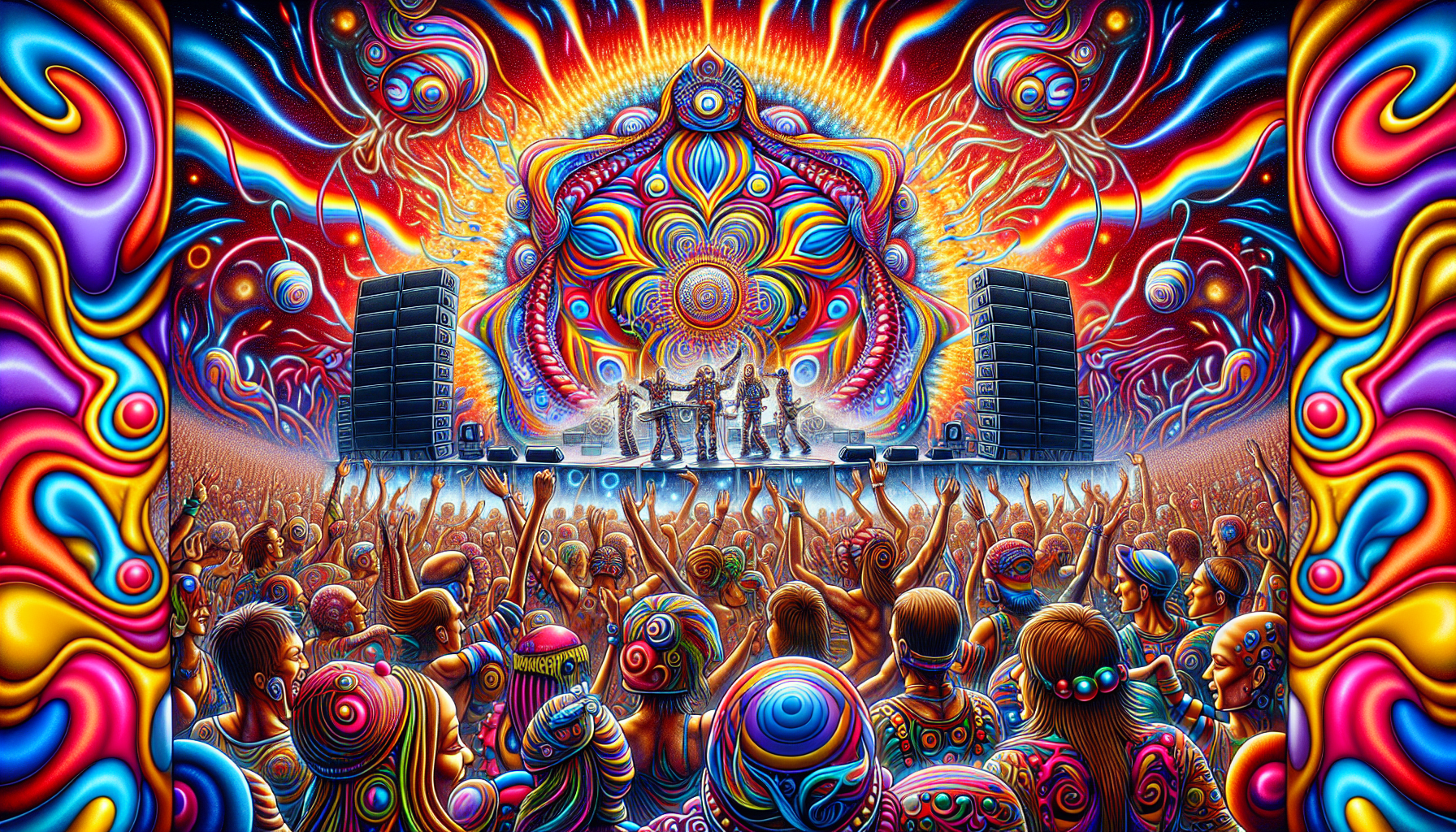Psytrance, a genre that originated in the vibrant beaches of Goa, India, has woven its way into the tapestry of global music culture. What began as a niche subculture in the 1990s has now grown into an international phenomenon. How did psytrance evolve from its roots in Goa to conquer dance floors worldwide? This article traces “the evolution of psytrance from Goa to global domination”, highlighting key moments, pioneers, and cultural shifts along the way.
Key Takeaways
-
Psytrance originated in the 1990s on the beaches of Goa, India, merging a variety of musical influences and creating a unique auditory experience that gained global recognition.
-
The transition from analog to digital soundscapes marked a significant evolution in psytrance, enabling more complex and polished tracks while expanding the genre’s global reach.
-
Psytrance is deeply intertwined with spiritual and mystical dimensions, using music to induce trance-like states and facilitate transformative experiences, with the genre’s global spread leading to numerous regional subgenres and major festivals.
The Birth of Psytrance in Goa
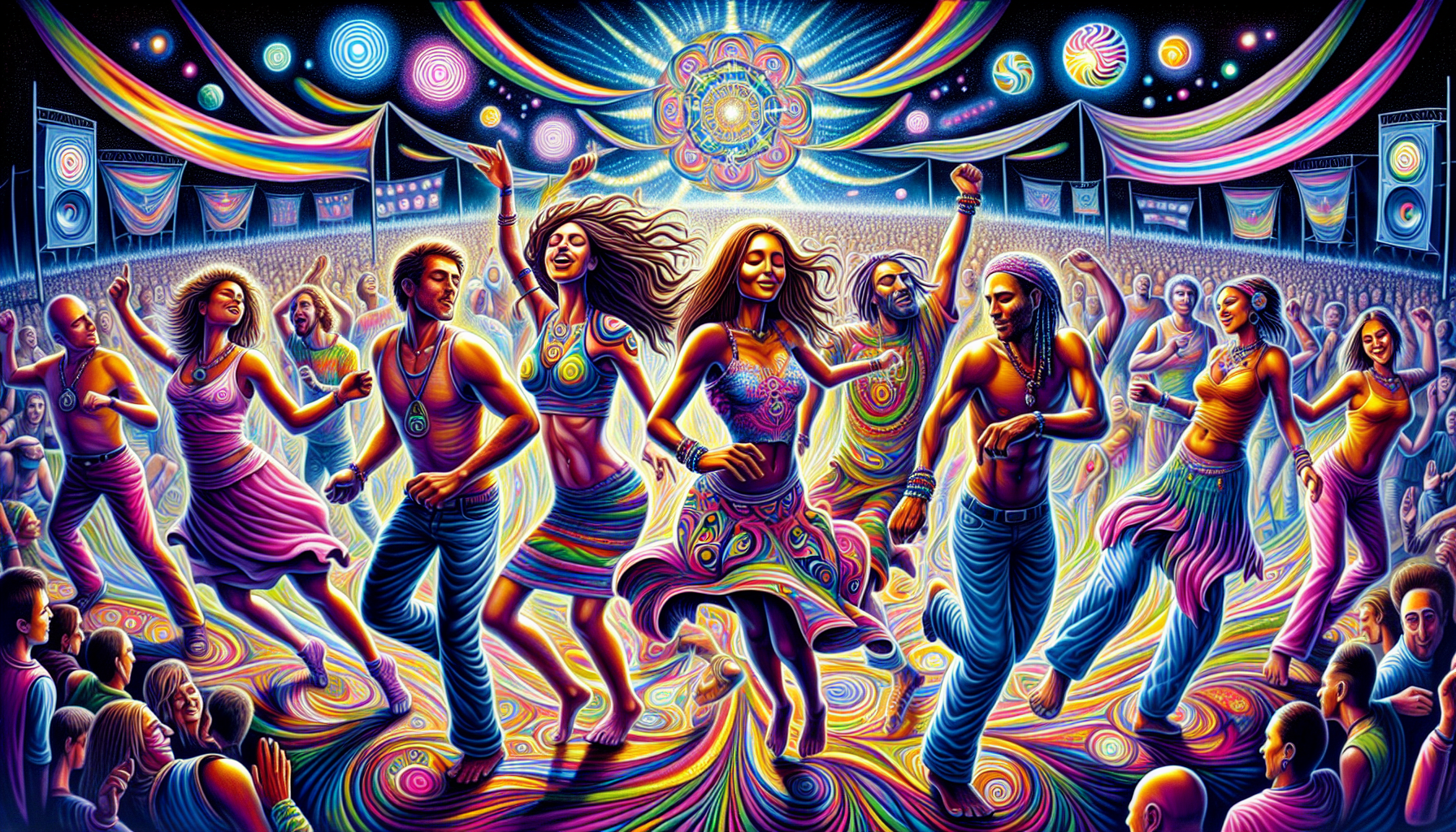
Psytrance as we know it today was born in the sun-drenched beaches of Goa, India, during the early 1990s. However, its roots trace back to the late 1960s and early 1970s when Goa became a haven for the hippie movement. The allure of Goa’s laid-back atmosphere, combined with its stunning natural beauty, attracted a diverse group of individuals seeking spiritual freedom and new cultural experiences. This eclectic mix of people and influences laid the foundation for what would eventually become known as Goa trance.
Goa had emerged as a prime destination for trance parties by the early 1990s. These gatherings were initially private, underground events, free from the constraints of commercial music labels and the entertainment industry. The scene quickly gained momentum, attracting party-goers from around the world who were drawn to the unique blend of music, spirituality, and community. Goa’s trance parties played a crucial role in garnering global recognition for the genre, turning it into a cultural phenomenon that transcended borders.
The influence of Goa trance parties cannot be overstated. They served as a melting pot where music, art, and spirituality converged, creating an environment ripe for innovation and creativity. These parties spread the sound of psytrance and nurtured a global community, united by a shared love for the music and its transformative power.
Goa's Musical Fusion
The development of psytrance was heavily influenced by Goa’s musical fusion. The free-spirited atmosphere of the hippie movement in the 1960s and 1970s provided a fertile ground for diverse musical influences to come together. Goa became a melting pot where Indian folk music, psychedelia, acid house, and techno coalesced into a new and unique sound. This blend of genres created a distinctive auditory experience that was both hypnotic and invigorating, capturing the imaginations of those who attended the early Goa parties.
The music at these parties was an eclectic mix that included industrial music, New beat, and electronic body music (EBM). These genres, combined with the mystical and spiritual elements of Indian culture, gave birth to the unique sound of Goa trance. This fusion was not just about music; it was a cultural exchange that connected people from different backgrounds, united by their love for electronic dance music and the Goa trance experience.
As the sun rose over the beaches of Goa, the beats and melodies played by DJs created an immersive experience that was both transformative and transcendent.
Influential Pioneers
Several influential pioneers emerged during the early days of psytrance, playing a pivotal role in shaping the genre. Among them were Raja Ram, Juno Reactor, and DJ Goa Gil, who is often credited with being one of the key figures in the early psytrance scene,. Goa Gil’s marathon 24-hour parties became legendary, significantly contributing to the genre’s reputation and popularity. His eclectic style, which included instrumental dub versions and mystical themes, resonated deeply with the trance community.
Goa Gil, along with other early DJs like Fred Disko and Dr Bobby, used synthesizers and samplers to craft the distinctive sound of psytrance. Instruments like the Roland TB-303 and the Akai S900 sampler were pivotal in creating the acid basslines and exotic Eastern samples that defined the genre. These pioneers not only shaped the sound of psytrance but also introduced it to a global audience, laying the groundwork for its future evolution.
Transition from Analog to Digital Soundscapes
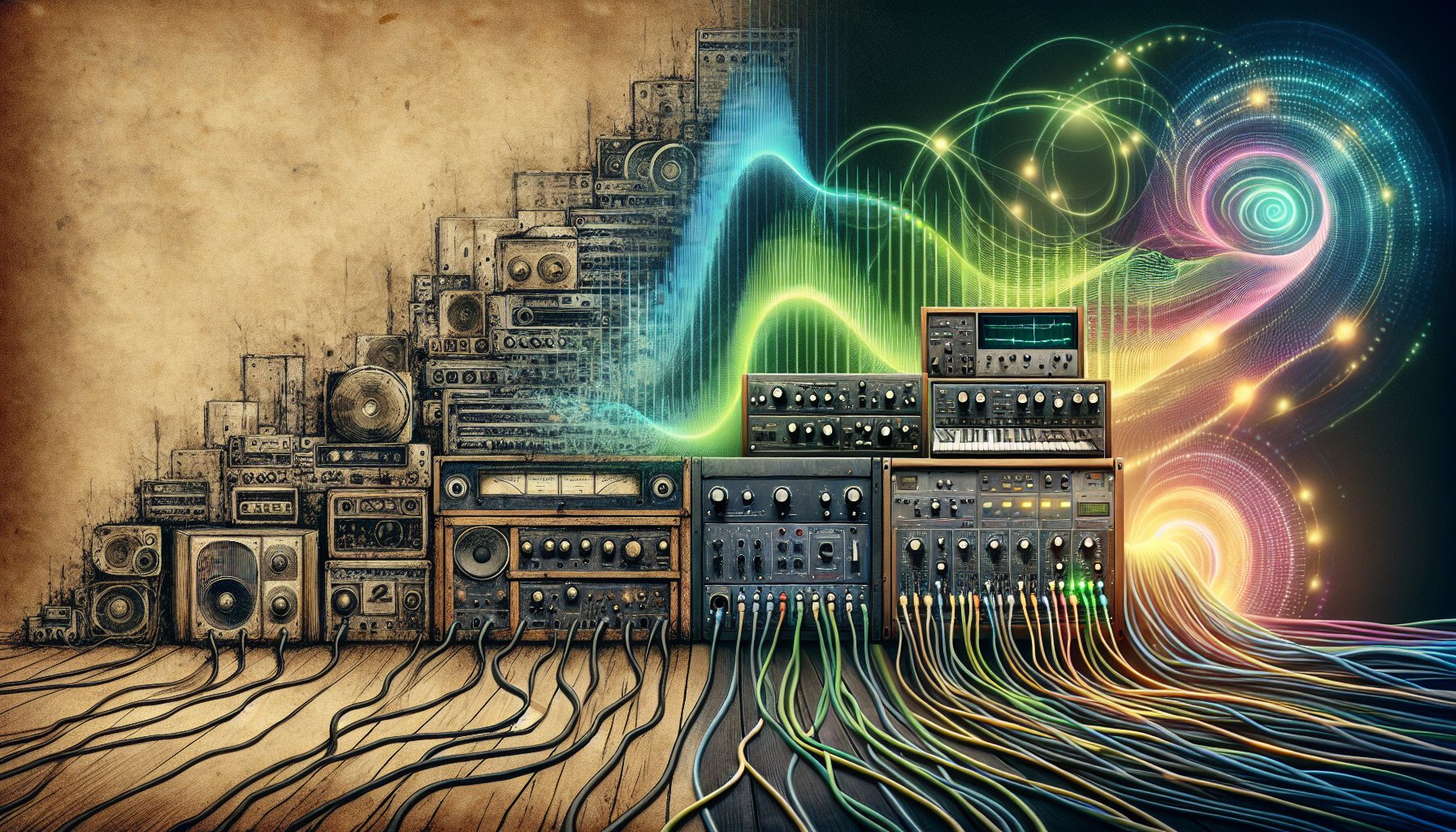
Psytrance evolution experienced a significant turning point with the transition from analog to digital soundscapes. In its early days, the genre relied heavily on analog equipment, which came with limitations such as tedious loops, cumbersome edits, and low fidelity. However, the advent of digital tools like samplers and software expanded the sonic possibilities for producers and DJs, allowing them to create more complex and layered tracks.
This digital revolution enabled psytrance producers to:
-
Push the boundaries of sound design and composition
-
Fill studios with a vast array of new sounds using digital samplers like the E-mu Emulator II
-
Manipulate and warp tracks in ways that were previously unimaginable using powerful audio editing software
The integration of technology not only transformed the production process but also helped craft a global movement that thrives on innovation and shared experiences, creating a global community.
ULTRAPSY has been instrumental in integrating these technological advancements to create immersive experiences for the psytrance community. By embracing both the analog warmth and digital precision, psytrance has continued to evolve, captivating audiences with its ever-expanding sonic palette.
Early Equipment and Techniques
In the early days of Goa trance, the genre heavily relied on analog equipment like synthesizers and samplers. Instruments like the Roland TB-303 were notable for their distinctive acid basslines, which became a hallmark of early psytrance,. Samplers like the Akai S900 were used to incorporate exotic Eastern samples into tracks, adding a mystical and otherworldly dimension to the music,.
DJs like Goa Gil initially used cassette tapes to play their sets, which later transitioned to DAT tapes in the 1990s. The shift to sampling synth and MIDI music in the early 1980s marked a significant transition in Goa’s musical fusion, enabling producers to experiment with new sounds and textures. These early techniques laid the groundwork for the genre’s future innovations.
The Digital Revolution
Psytrance production was profoundly influenced by the digital revolution, which was characterized by affordable personal computers and the emergence of powerful audio editing software. These advancements allowed producers to create more complex, layered, and polished tracks, expanding the genre’s sonic palette beyond the limitations of analog gear. The use of digital DJing tools like CDJs and Ableton Live transformed live performances, enabling DJs to manipulate and warp tracks in real-time, responding dynamically to the crowd’s energy.
This blend of analog warmth and digital precision has been a hallmark of psytrance’s evolution. The E-mu Emulator II, a digital sampler, became a staple in studios, offering a wide array of sonic possibilities for producers. The digital revolution not only democratized music production but also allowed psytrance to reach new heights, captivating audiences with its innovative and immersive soundscapes.
The Spiritual and Mystical Dimensions of Psytrance
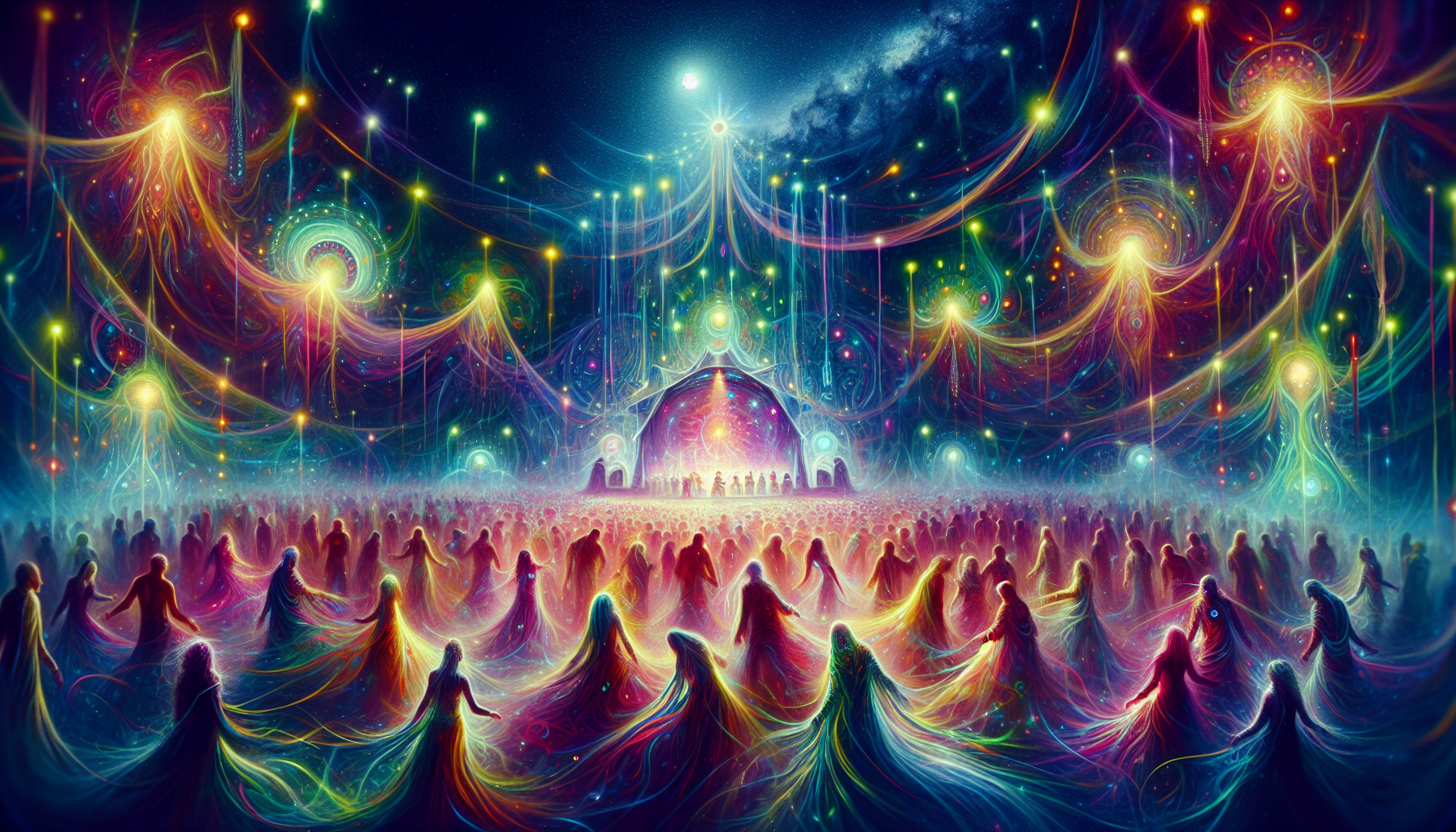
Psytrance transcends music; it’s a spiritual and mystical journey intertwining ancient traditions with modern technology. The genre draws from shamanic elements, using music as a tool for:
-
spiritual healing
-
transformation
-
inducing trance-like states
-
exploration of altered awareness
-
deeper introspective journeys
Repetitive rhythms, hypnotic melodies, and immersive soundscapes are key elements in psychedelic trance that facilitate these experiences.
In psytrance culture, the dance floor is considered a sacred space where participants achieve altered states of consciousness through dance, uniting with the collective energy of the crowd and the pulsating heartbeat of the universe. This spiritual connection is at the core of the psytrance experience, making it a unique and transformative phenomenon.
Trance Dance Rituals
Trance dance rituals, integral to trance culture, facilitate a spiritual connection and collective energy on the dance floor. The dance floor is seen as a sacred space where:
-
repetitive beats act like mantras
-
hypnotic melodies serve as invocations
-
participants can enter trance states through repetitive and rhythmic movements
-
participants can deeply connect with their inner selves and the collective energy.
These trance dance rituals are reminiscent of ancient spiritual practices, where dance and trance music were used to achieve altered states of consciousness and connect with the divine. In the modern context, psy trance, as a subgenre of trance dance, continues to serve as a powerful tool for spiritual exploration and transformation.
Synesthetic Experiences
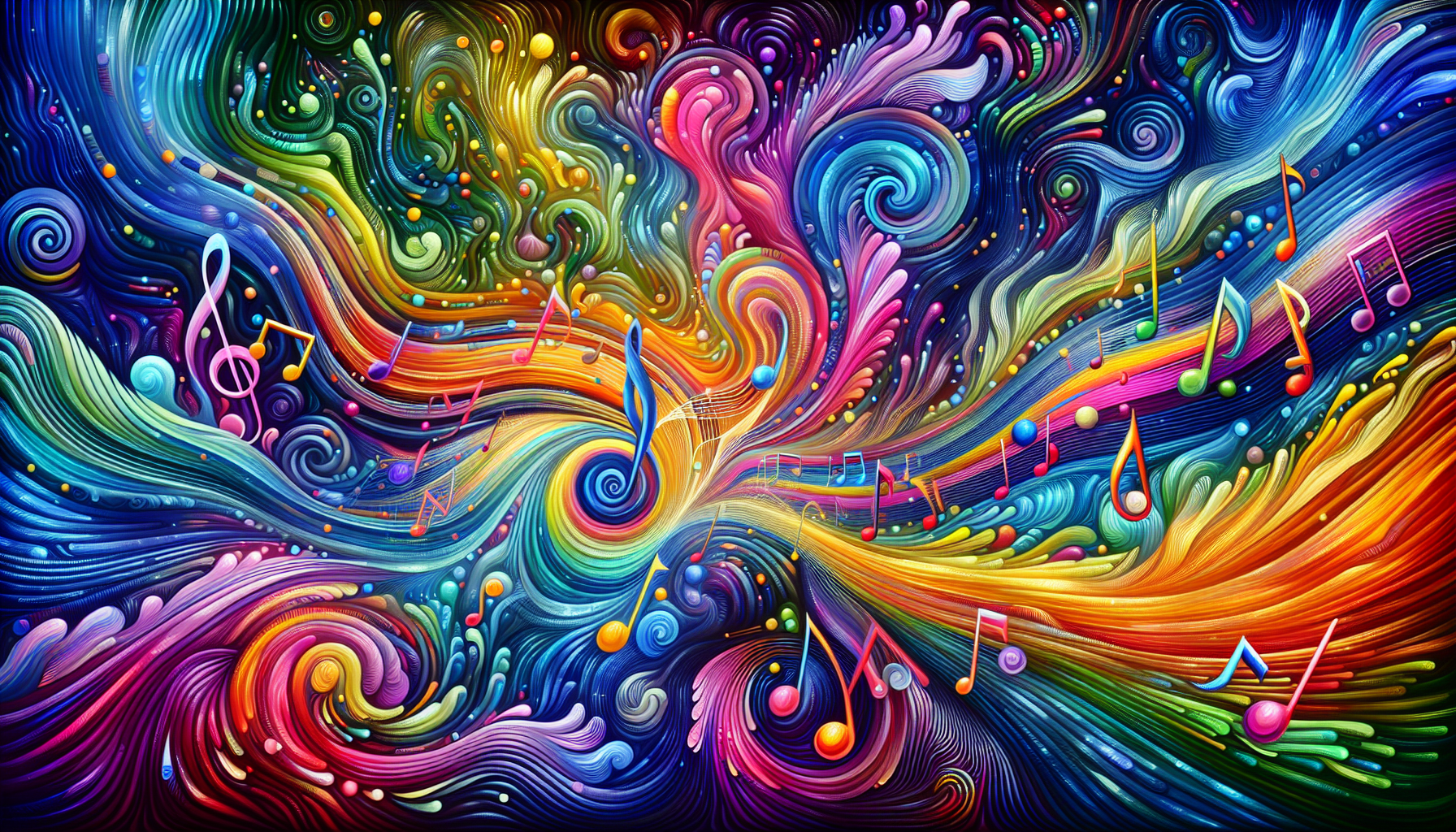
Psytrance music often triggers synesthetic experiences, where sound can paint visions and music can create physical sensations. This phenomenon, known as chromesthesia, allows individuals to perceive colors when listening to music, enhancing the sensory experience of psytrance. Approximately 40% of synesthetes report experiencing chromesthesia, where sound triggers consistent but individually unique color perceptions. Some common color associations in psytrance music include:
-
Vibrant neon colors
-
Electric blues and purples
-
Intense reds and oranges
-
Luminous greens and yellows
These colors can vary from person to person, but they add an extra layer of visual stimulation to the already immersive psytrance experience.
These synesthetic experiences contribute to the profound sensory symphonies that are a hallmark of psytrance. The integration of psychedelic art and visuals further enriches the overall mystical experience for participants, creating a multi-sensory journey that transcends the boundaries of ordinary perception.
Global Expansion: Psytrance Beyond Goa
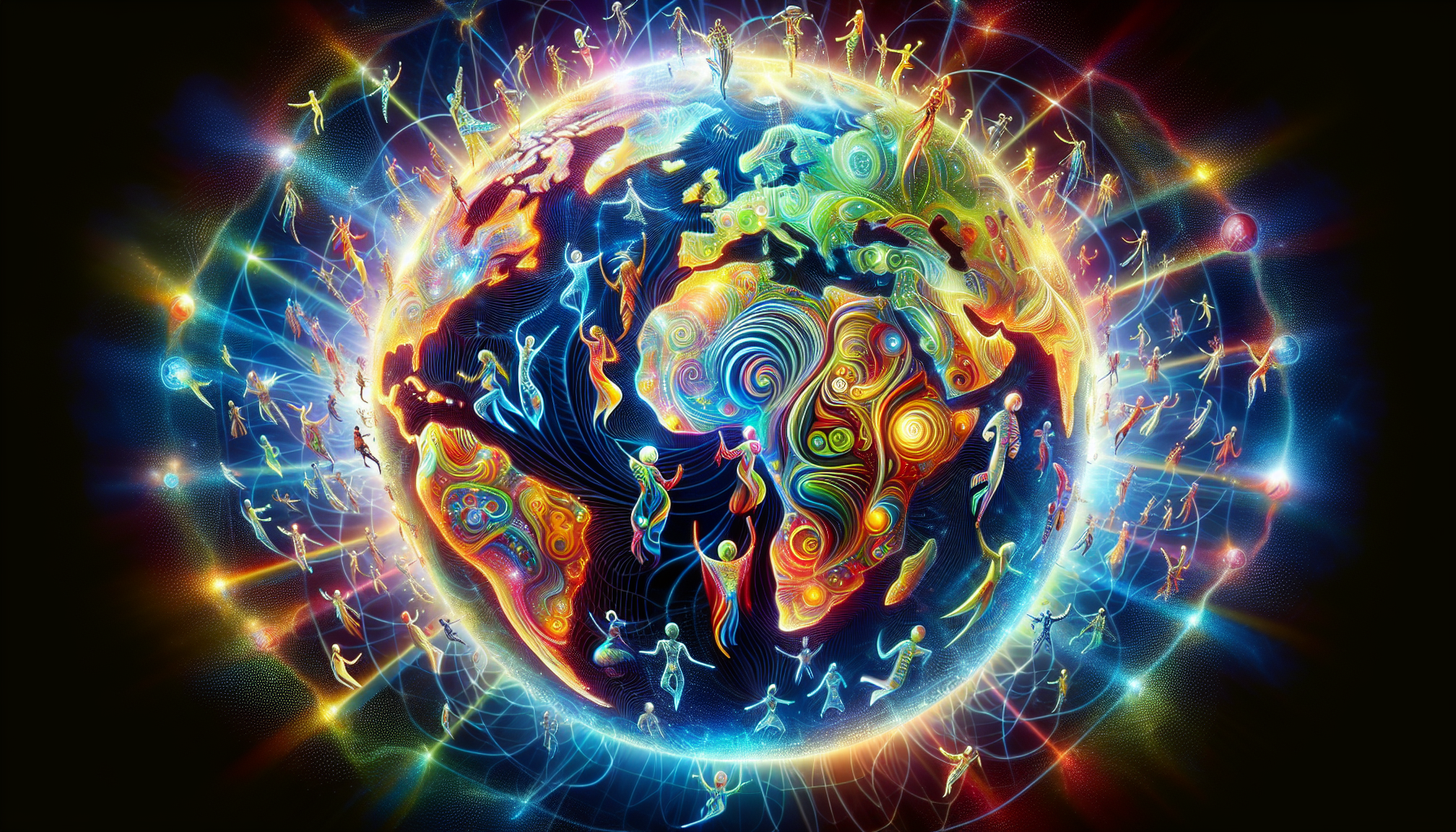
The journey of psytrance from the beaches of Goa to becoming a global phenomenon testifies to its universal appeal and adaptability. International travelers who visited Goa carried the evolved sound of psytrance back to their home countries, significantly contributing to its global spread. Goa’s unique combination of Indian and Western cultures attracted globetrotters and backpackers, fostering a rich cultural exchange that shaped the development of psytrance.
Goa became known for hosting memorable parties and festivals that attracted attendees from diverse parts of the world, bolstering psytrance’s global recognition. Boom Festival in Portugal and Universo Paralello in Brazil have provided platforms for global dissemination. They have also played a significant role in fostering community and cultural exchange. Although the original Goa scene has evolved, it remains a source of inspiration for the global psytrance community.
The global expansion of psytrance has led to the emergence of regional variations and subgenres, showcasing the genre’s adaptability and resonance with diverse audiences. From Europe to South America and beyond, psytrance has found a home in various cultures, each contributing their unique flavors to the genre.
Major Festivals and Events
Festivals like Boom and Ozora have significantly contributed to the global dissemination of psytrance. These events serve as major platforms for the global psytrance community, showcasing the genre’s live digital evolution. Psytrance festivals frequently feature sacred geometry in their visual art, symbolizing cosmic patterns and spiritual truths.
These festivals not only provide a space for music and dance but also foster a sense of community and cultural exchange. Attendees from all over the world come together to celebrate their shared love for psytrance, creating a vibrant and inclusive environment that transcends geographical boundaries.
Regional Variations and Subgenres
The global spread of psytrance has led to the emergence of various regional variations and subgenres. Europe, in particular, has played a significant role in the evolution of psytrance, with countries like Germany, the UK, and Denmark contributing through their distinct sounds and styles. The European psytrance scene brought a more polished, high-energy style to the genre, influencing its global sound.
In Brazil, psytrance developed a unique flavor, blending traditional Brazilian rhythms and instruments with psychedelic electronic music. Brazilian festivals like Universo Paralello have become some of the biggest and most influential psytrance events globally. Subgenres such as dark psytrance, forest psytrance, and progressive psytrance have emerged, each with its own distinctive sound and cultural influences.
Modern Psytrance and Its Leading Artists
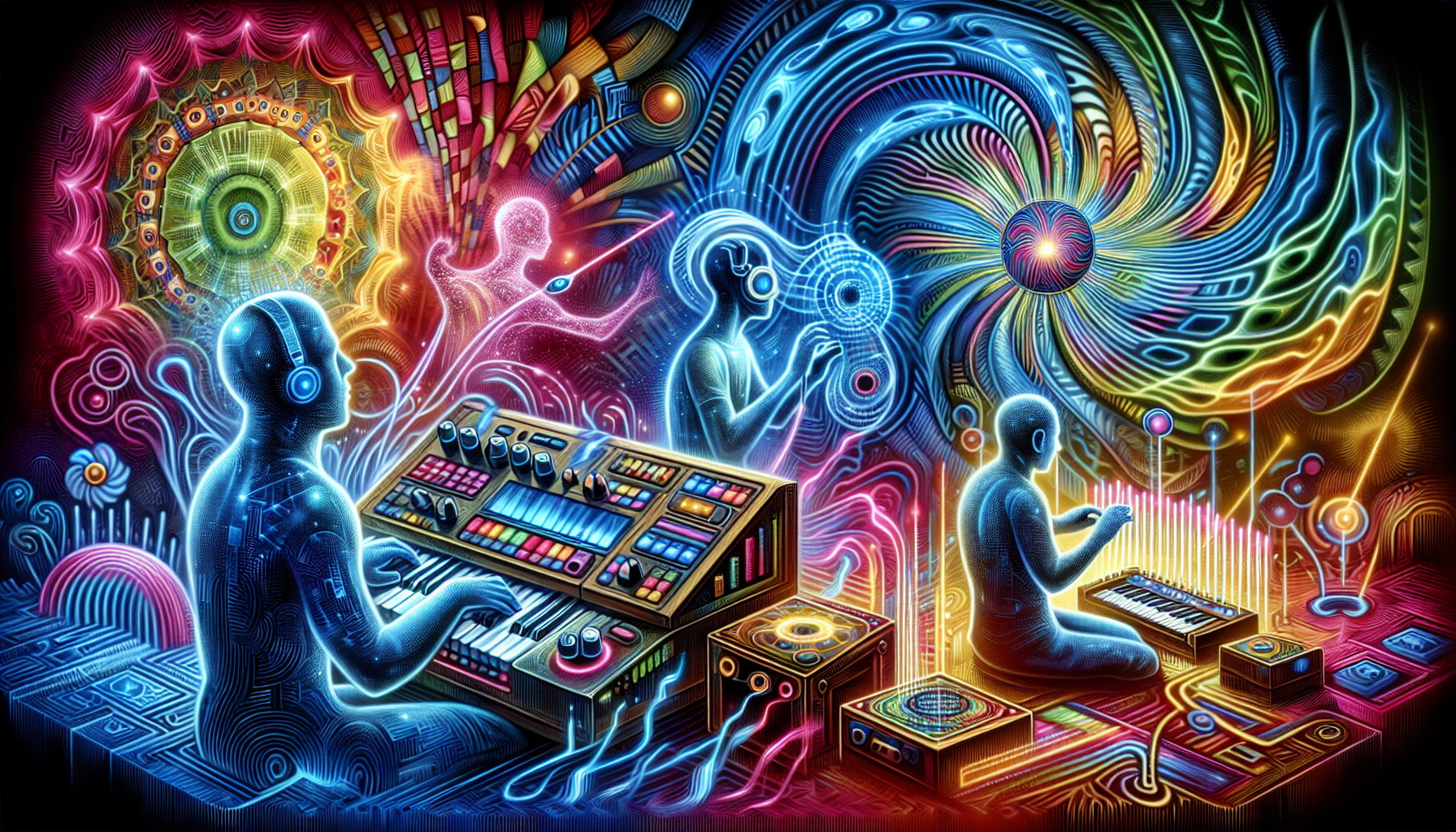
Modern psytrance continues to enchant audiences, push boundaries, and cement its status in the global music scene. Prominent modern psytrance artists include:
-
Astrix
-
Tristan
-
Captain Hook
-
Avalon
-
Talamasca
-
Major 7
-
Liquid Soul
These artists are known for their innovative approaches and ability to craft immersive sonic landscapes that resonate deeply with listeners.
Some notable artists in the modern psytrance scene include:
-
Astrix, celebrated for his epic sonic landscapes with soaring melodies and complex arrangements
-
Liquid Soul, known for creating sonic escapes with smooth melodies and introspective vibes
-
Grouch, another artist pushing the boundaries of psytrance
These artists continue to ensure that the genre remains dynamic and ever-evolving.
The contributions of these leading artists have not only shaped the sound of modern psytrance but have also helped to expand its global reach. Their music serves as a testament to the genre’s enduring appeal and its ability to adapt and innovate in a constantly changing musical landscape.
Melodic and Progressive Styles
Melodic and progressive psytrance styles have significantly shaped the genre, providing emotionally deep and rhythmically engaging experiences. Some influential artists in these styles include:
-
Ghost Rider, known for his goosebump-inducing melodic tracks
-
Interactive Noise from Mexico
-
Zyce from Serbia, who has been producing trance tunes for over six years
These artists, inspired by the likes of Grateful Dead, have played a key role in developing the melodic and progressive psytrance styles.
Collaborations like Liquid Ace, consisting of Liquid Soul and Ace Ventura, are well-regarded for their melodic and progressive psytrance tracks. These artists and collaborations have enriched the genre with their emotionally resonant melodies and driving beats, creating a sound that is both captivating and deeply moving.
Dark and Forest Psytrance
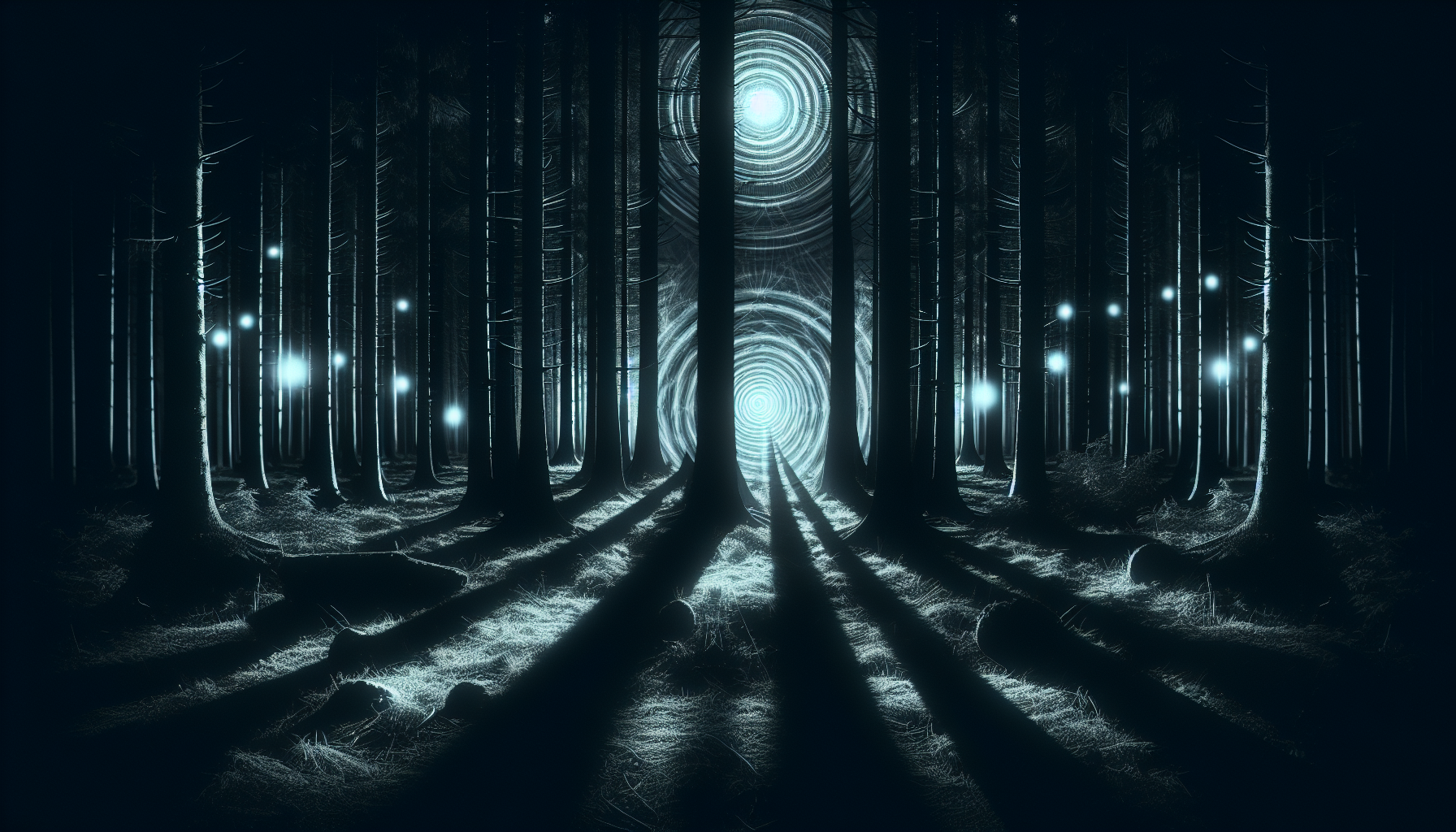
Certain subgenres of psytrance, like dark psy and forest psy, tap into darker themes and immersive soundscapes. Artists like Pandora’s Box are well-known in the forest psytrance scene for their intricate and dark soundscapes. Antonymous is another emerging artist in this genre, recognized for his deep and immersive tracks.
In the realm of dark psytrance, C-P-C stands out with his hard-edged and intense style. Captain Hook’s psytrance sound, characterized by its dark psy elements, also adds a unique flavor to the genre. These artists explore the darker side of psytrance, creating music that is both haunting and mesmerizing.
Fusion and Experimental Approaches
Fusion and experimental approaches in psytrance blend the genre with other musical styles, leading to unique and innovative sounds. Artists like Out Of Orbit push the boundaries by incorporating elements of house and techno into their psytrance tracks. Major 7 demonstrates the genre’s willingness to experiment by blending psytrance with techno, drum & bass, and dubstep.
AJJA, known for fusing psytrance with live instruments and acoustic elements, exemplifies the genre’s experimental spirit. These artists continue to explore new sonic territories, ensuring that psytrance remains a dynamic and evolving musical form that constantly challenges and delights its listeners.
The Role of ULTRAPSY in Psytrance Culture
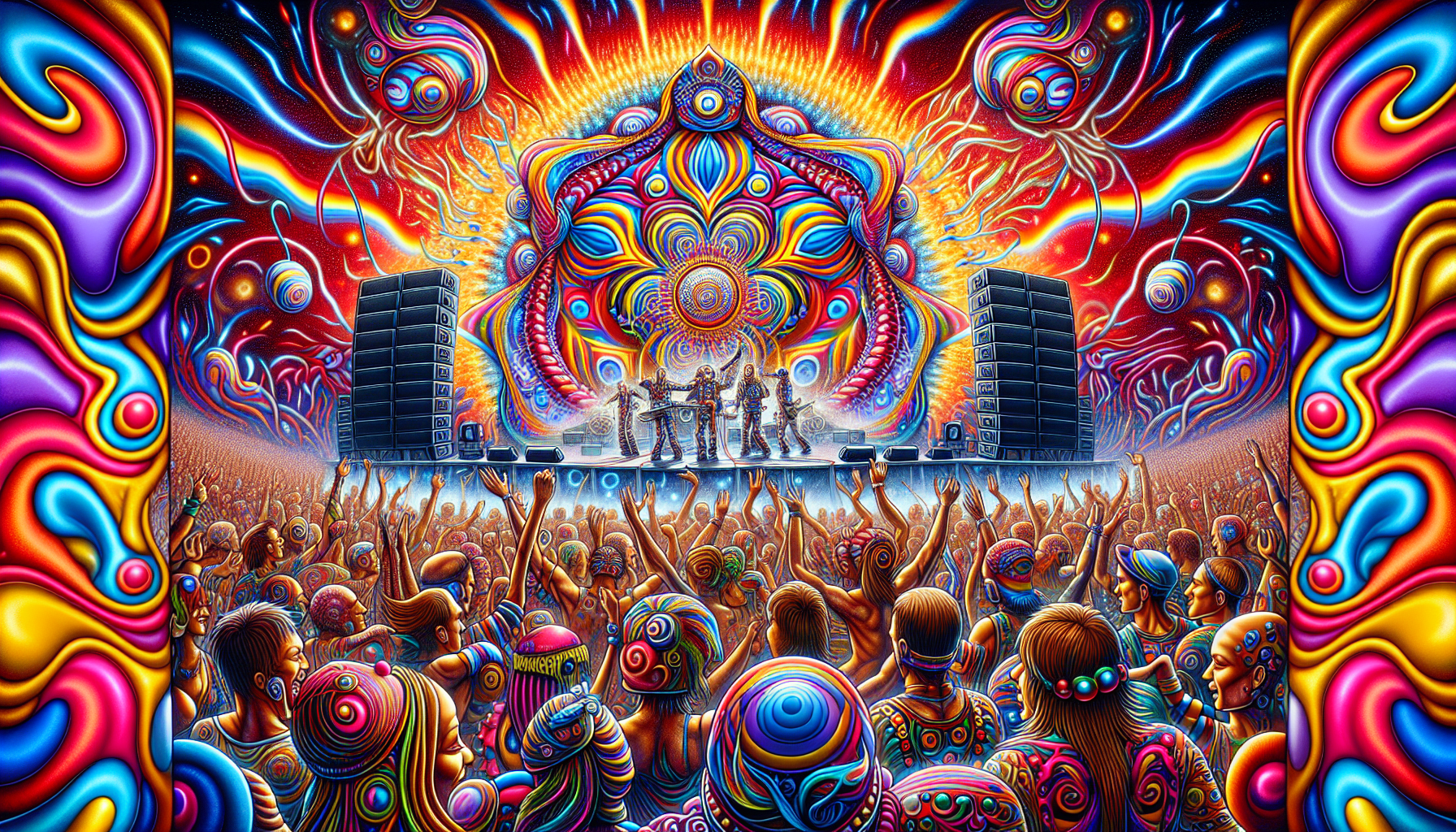
ULTRAPSY has significantly contributed to the psytrance community by offering:
-
Innovative fashion and accessories that harmonize with the psychedelic aesthetics of psytrance events
-
A diverse range of clothing and accessories that are popular among enthusiasts
-
The unique visual and cultural elements of psytrance, helping fans express their identity and connect with the broader community
The brand has become synonymous with the vibrant, eclectic visual identity of the psytrance and rave culture.
Beyond fashion, ULTRAPSY actively supports the psytrance scene by:
-
Providing financial and logistical support to major festivals, ensuring these events can continue to grow and attract international audiences
-
Collaborating with artists and fostering a thriving cultural environment
-
Contributing to the global community’s vibrancy and sustainability
Through its dedication and involvement, ULTRAPSY has become an integral part of the psytrance movement.
ULTRAPSY's Fashion and Accessories
ULTRAPSY provides a wide assortment of psychedelic clothing and accessories that harmonize deeply with the psytrance aesthetic. The brand’s collection includes:
-
Vibrant patterns
-
Innovative designs
-
Festival attire
-
Everyday wear
These products reflect the eclectic and colorful nature of psytrance culture, allowing fans to express their individuality and connect with like-minded individuals.
The brand’s dedication to quality and creativity has made it a favorite among psytrance enthusiasts. By providing clothing and accessories that align with the psychedelic themes of psytrance events, ULTRAPSY plays a crucial role in enhancing the visual and cultural experience of the community.
Supporting the Scene
ULTRAPSY’s dedication to the psytrance community goes beyond fashion. The brand provides financial and logistical support to major psytrance festivals, ensuring these events can thrive and attract a global audience. By backing local and international events, ULTRAPSY helps to sustain the vibrant and dynamic culture of psytrance.
In addition to supporting festivals, ULTRAPSY collaborates with artists to foster a thriving cultural environment. These collaborations not only enhance the artistic expression within the scene but also strengthen the sense of community among fans and performers. Through its active involvement, ULTRAPSY continues to contribute significantly to the growth and sustainability of the psytrance movement.
Summary
From its origins in the idyllic beaches of Goa to its global expansion, the evolution of psytrance is a testament to the genre’s innovative spirit and universal appeal. The transition from analog to digital soundscapes, the intertwining of spirituality and mysticism, and the significant contributions of modern artists have all played crucial roles in shaping psytrance. Furthermore, the support of brands like ULTRAPSY has helped sustain and grow the global psytrance community. As we look to the future, psytrance will undoubtedly continue to inspire and transform, pushing the boundaries of electronic dance music.
Frequently Asked Questions
Where did psytrance originate?
Psytrance originated in Goa, India, in the early 1990s, with roots tracing back to the hippie movement of the late 1960s and early 1970s. It has a rich history and cultural significance.
What role did Goa Gil play in the development of psytrance?
Goa Gil played a key role in the early development of psytrance, known for his long parties and eclectic music style that incorporated mystical and psychedelic themes.
How did the digital revolution impact psytrance production?
The digital revolution allowed psytrance producers to create more complex and layered tracks, expanding the genre's sonic possibilities. This has had a significant impact on psytrance production.
What are some major psytrance festivals around the world?
Some major psytrance festivals around the world include Boom Festival in Portugal, Universo Paralello in Brazil, and Ozora Festival in Hungary. These festivals are renowned for their vibrant atmosphere and diverse lineups.
How does ULTRAPSY support the psytrance community?
ULTRAPSY supports the psytrance community by providing innovative fashion and accessories, as well as financial and logistical support to major festivals. The brand also collaborates with artists to foster a vibrant cultural environment. This contributes significantly to the development and sustainability of the psytrance community.

